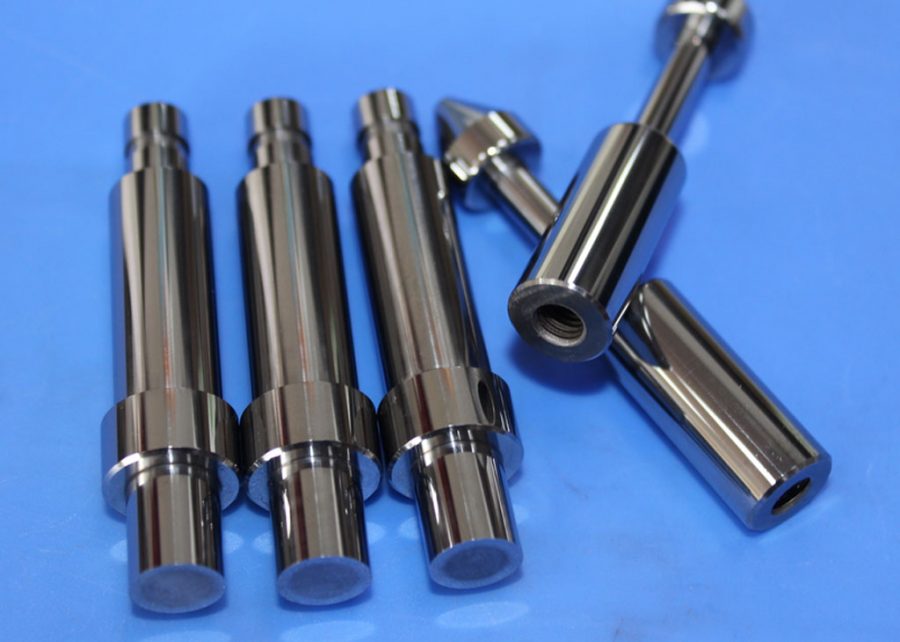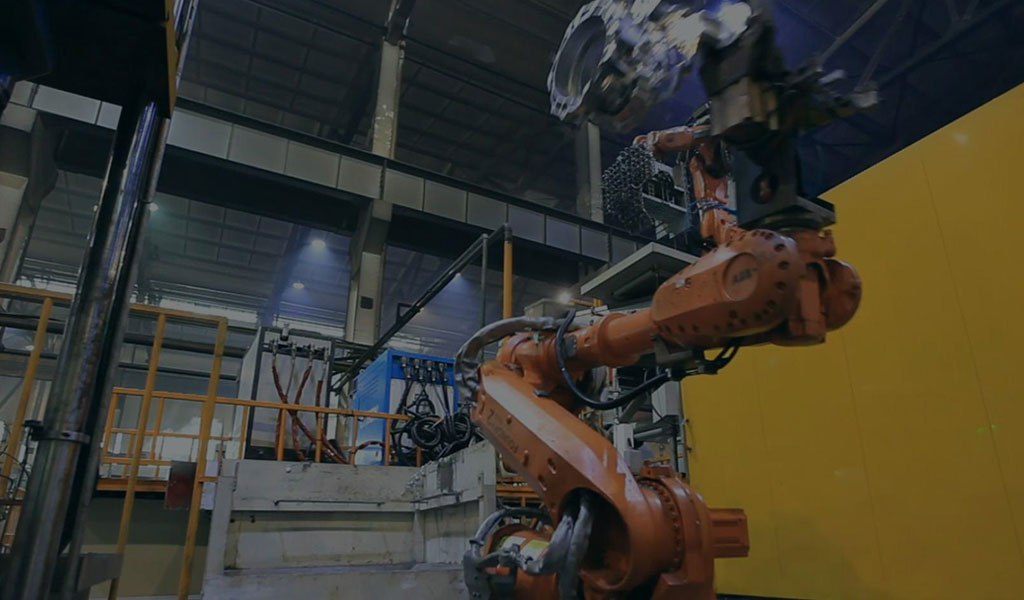
In the process of drawing die processing, we all want to ensure its processing quality, which requires us to achieve stable stamping. To achieve this, it can be achieved from four aspects: design, processing, assembly, and debugging. Specifically See the introduction below for the content.
1. Design
The experience and skills of mold designers play a key role. Whether the design is reasonable or not can only be confirmed through mold testing. In production practice, once some molds are put into production and used on-line, various problems often occur, which cannot meet the production requirements or technical requirements of the product, resulting in abnormal shutdown of the production line, etc. , resulting in many unstable factors. Therefore, how to improve the stability of the mold, design experience is indispensable.
2. Tungsten Machining
As we all know, there are two major factors in Tungsten Machining, one is the process, the other is the material. The process guarantees the precision, size and appearance. There are many kinds of materials involved. Since different parts have different functions, the requirements and selection principles for their materials are also different. not exactly. Therefore, how to choose mold materials reasonably has become one of the most important tasks in mold design.
3. Assembly and debugging
The third step and the fourth step can actually be combined to assemble and debug the mold, and the mold needs to go through multiple trial molds and repeated modifications before it can be completed. Assembly and debugging can reduce mold loss, increase mold life, and make stamping more efficient. Stable and reliable.
Tungsten steel drawing dies are often used in high-precision machining, high-precision tool materials, lathes, impact drill bits, glass cutter heads, and ceramic tile cutters. They are hard and not afraid of annealing, but brittle. Belongs to the list of rare metals.
Typical representative products of tungsten steel series materials are: round bar, tungsten steel plate, tungsten steel strip, etc.
1. Mold material
Tungsten steel progressive dies, tungsten steel drawing dies, tungsten steel drawing dies, tungsten steel wire drawing dies, tungsten steel hot extrusion dies, tungsten steel cold stamping dies, tungsten steel forming blanking dies, tungsten steel cold heading dies, etc.
2. Mining products
Representative products are; tungsten steel digging teeth / digging teeth, tungsten steel gun drill bit, tungsten steel drill bit piece, tungsten steel drill bit tooth, tungsten steel down-the-hole drill bit tooth, tungsten steel roller cone bit tooth, tungsten steel coal cutter cutting machine Teeth, tungsten steel hollow drill teeth, etc.
3. Wear-resistant materials
Tungsten steel sealing ring, tungsten steel wear-resistant material, tungsten steel plunger material, tungsten steel guide rail material, tungsten steel nozzle, tungsten steel grinding machine mandrel material, etc.
4. Tungsten steel material
The academic name of tungsten steel materials is tungsten steel profiles, and typical representative products include: tungsten steel round rods, tungsten steel strips, tungsten steel discs, tungsten steel plates, etc.
Tungsten Carbide vs Tungsten Steel
Tungsten Carbide vs Tungsten Steel?Tungsten steel belongs to cemented carbide, also known as tungsten titanium alloy. The hardness is Vickers 10K, and the converted Rockwell hardness after heat treatment is about 55-58. The Rockwell hardness of tungsten carbide is around 79.
Tungsten carbide is the raw material of the cemented carbide family. Pure tungsten carbide is not commonly used. It is a black hexagonal crystal with metallic luster and a hardness similar to that of diamond. It is a good conductor of electricity and heat. The melting point is 2870°C, the boiling point is 6000°C, and the relative density is 15.63 (18°C). Tungsten carbide is insoluble in water, hydrochloric acid and sulfuric acid, and easily soluble in the mixed acid of nitric acid-hydrofluoric acid. Pure tungsten carbide is brittle, and if a small amount of titanium, cobalt and other metals are added, the brittleness can be reduced. Tungsten carbide used as steel cutting tools is often added with titanium carbide, tantalum carbide or their mixtures to improve antiknock ability. Tungsten carbide is chemically stable.
